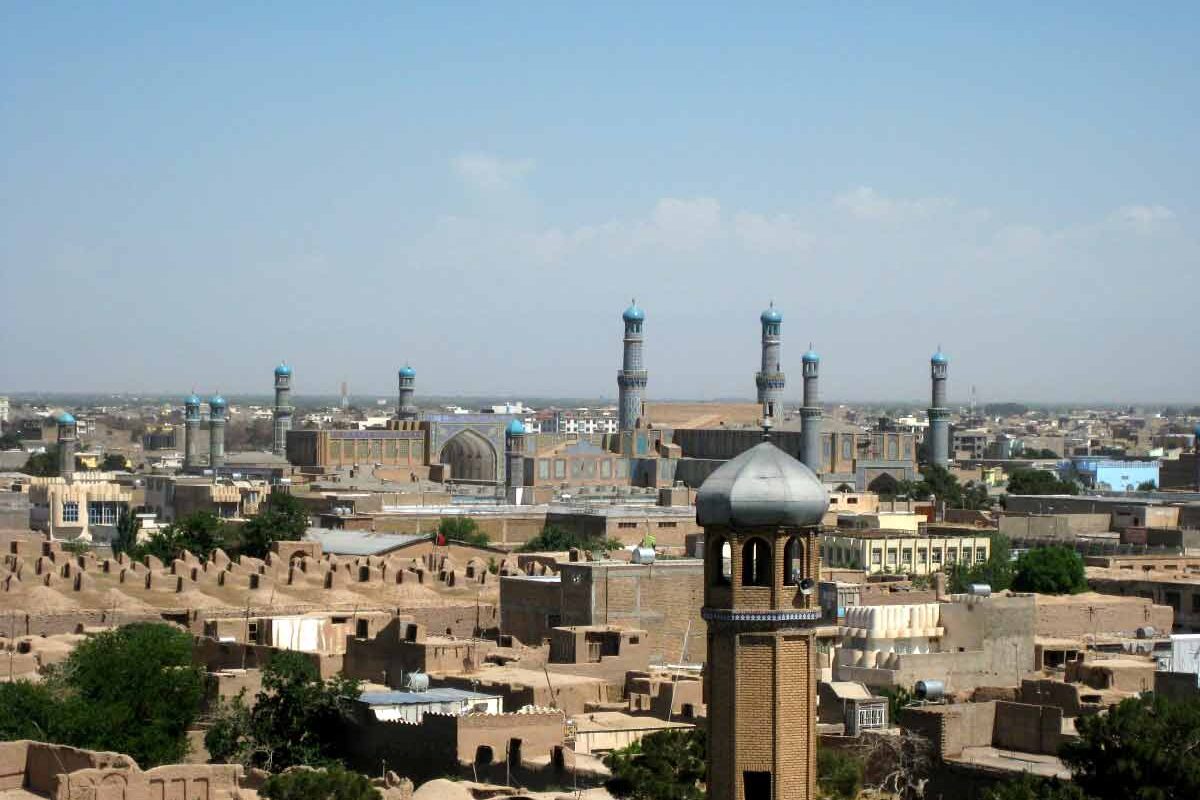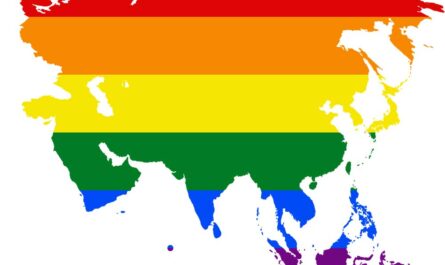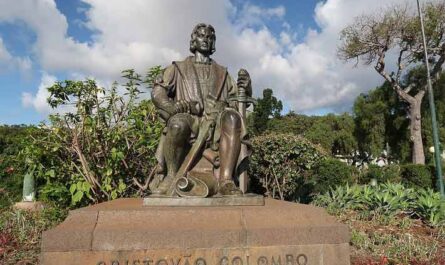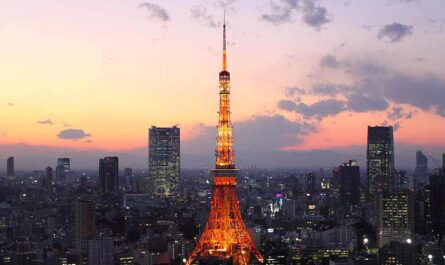Nestled in the heart of south-central Asia, Afghanistan emerges as a landlocked country brimming with diversity and historical significance, Afghanistan facts for kids. Its strategic location along major trade routes connecting southern and eastern Asia to Europe and the Middle East has made it a coveted prize for empire builders throughout the ages. From the towering peaks of the Hindu Kush to the vast expanses of its deserts, Afghanistan’s landscape is as varied as its population, offering a glimpse into a land shaped by centuries of tumultuous history.
Afghanistan Facts for Kids
Afghanistan had 43,372,950 people living there as of 2024, up 2.68% from 2023. Afghanistan’s population increased by 2.7% from 2022 to 42,239,854 in 2023, inhabiting a land area spanning 250,000 square miles. Pashto and Dari hold sway as the official languages of the country, reflecting the linguistic diversity inherent within its borders. Moreover, Islam stands as the official religion of Afghanistan, shaping its cultural ethos and societal norms.
1. A Tapestry of Conquest and Resistance
For millennia, Afghanistan has borne witness to the ebb and flow of empires, each seeking to assert its dominance over this rugged terrain. From Alexander the Great to the British Empire, great armies have marched across its soil, leaving behind traces of their ambitions in the form of imposing structures now reduced to ruins. However, Afghanistan’s formidable environment of deserts and mountains, coupled with the fiercely independent nature of its people, has often thwarted these imperial ambitions. The country’s history is thus punctuated by tales of conquest and resistance, illustrating the resilience of a nation forged amidst the crucible of warfare.
2. Ethnic Mosaic and Tribal Dynamics
At the heart of Afghanistan’s complexity lies its diverse population, comprised of various ethnic groups and tribes, each with its own distinct identity and traditions. These communities have coexisted for centuries, navigating a delicate balance of power amidst ever-shifting alliances and rivalries. Afghanistan, in essence, exists as a patchwork of warring ethnic groupings, where loyalties are often defined by clan and kinship ties rather than national allegiance. This intricate social fabric has contributed to the country’s reputation for fierce autonomy, with each community fiercely guarding its independence against external encroachment.
25. Pre-Islamic Faiths: Buddhism and Zoroastrianism
Before the spread of Islam, Afghanistan was home to thriving religious traditions, with Buddhism and Zoroastrianism holding sway as major faiths within the region. These ancient belief systems left an indelible imprint on Afghanistan’s cultural landscape, evidenced by the architectural marvels of Buddhist stupas and Zoroastrian fire temples scattered across the land. As bastions of spiritual enlightenment and cultural expression, Buddhism and Zoroastrianism flourished for centuries before gradually yielding to the rising tide of Islam. Fitness – Meditation – Diet – Weight Loss – Healthy Living – Yoga
26. Founding of the Final Afghan Empire: Ahmad Shah Durrani’s Legacy
In 1747, Ahmad Shah Durrani ascended to the throne, founding the final Afghan empire and ushering in a period of centralized rule. Through adept diplomacy and military prowess, Ahmad Shah Durrani succeeded in consolidating disparate tribal entities and disparate regions into a cohesive monarchy, laying the foundation for a unified Afghan state. His reign marked a pivotal juncture in Afghan history, shaping the contours of governance and administration for generations to come. As the architect of a united Afghan empire, Ahmad Shah Durrani’s legacy endures as a testament to the enduring spirit of Afghan unity and sovereignty.
27. Culinary Delights: Gastronomic Treasures of Afghanistan
Afghan cuisine tantalizes the taste buds with a rich tapestry of flavors and aromas, reflecting the cultural diversity and culinary ingenuity of the region. Among the array of dishes that grace Afghan tables, several stand out as emblematic staples of the nation’s gastronomic heritage. Kabuli Pulao, a delectable combination of steamed rice and succulent lamb, embodies the essence of Afghan comfort food, while Aushak delights with its delicate leek and scallion dumplings. RPM 3.0 – 60% CONVERSION & Money for Affiliate Marketing
Bolani, stuffed with savory fillings, and Sheer Khurma, a luscious milk and date dessert, offer glimpses into the culinary artistry of Afghan cooks. Additionally, Boranee Banjan, Saji Kabab, and Lavash further enrich the culinary landscape, each dish a testament to the diverse flavors and culinary traditions that converge within Afghanistan’s borders.
More Interesting Articles
- 100 Interesting Facts about Sudan – Struggle and Hope
- 100 Interesting Facts About The Philippines
- 50 Fun Facts about Cameroon for Inquisitive Learners
- 125 Fun Facts about Malaysia for Curious Minds
- 150 Interesting Facts about Ireland for Travelers
- 200 Interesting Facts about Spain for Everyone
- 200 Interesting Facts about Austria – Past and Present
- 200 Interesting Facts about Denmark
- 100 Interesting Facts about Ethiopia, Africa
- 40 Interesting Facts about New Zealand
- 100 Interesting Facts about Mongolia – Glory and Conquer
- 100 Interesting Facts about Taiwan – Past and Present
- 100 Interesting Facts about Russia – Past to Present
- Country Currency List – International Currencies | Currency Codes
- List of Countries and Their Flags – All Flags of the World
- World International Days List United Nations UN
- International Calling Codes – Country Phone Codes List
- 150 Interesting Facts about Sydney Australia
- 100 Fun Facts about Greece from Past to Present
- 100 Interesting Facts to Know About Hawaii Island



